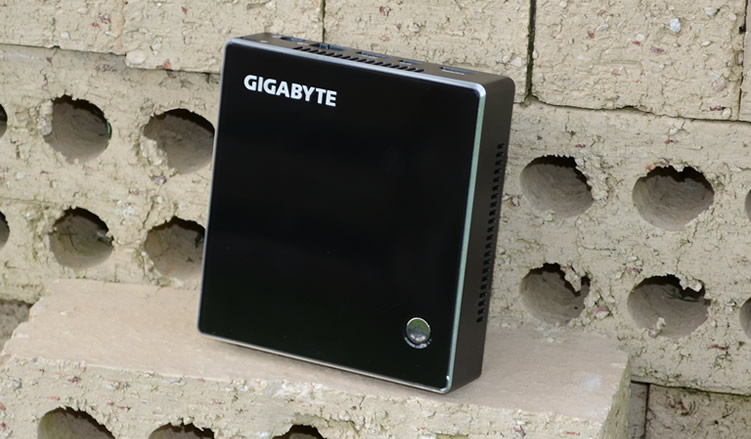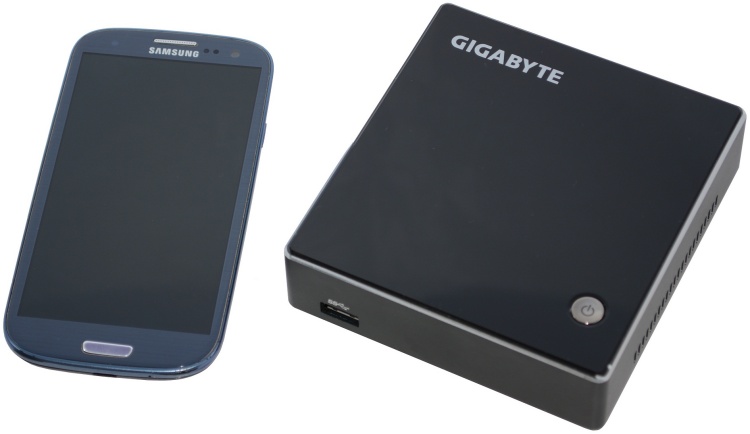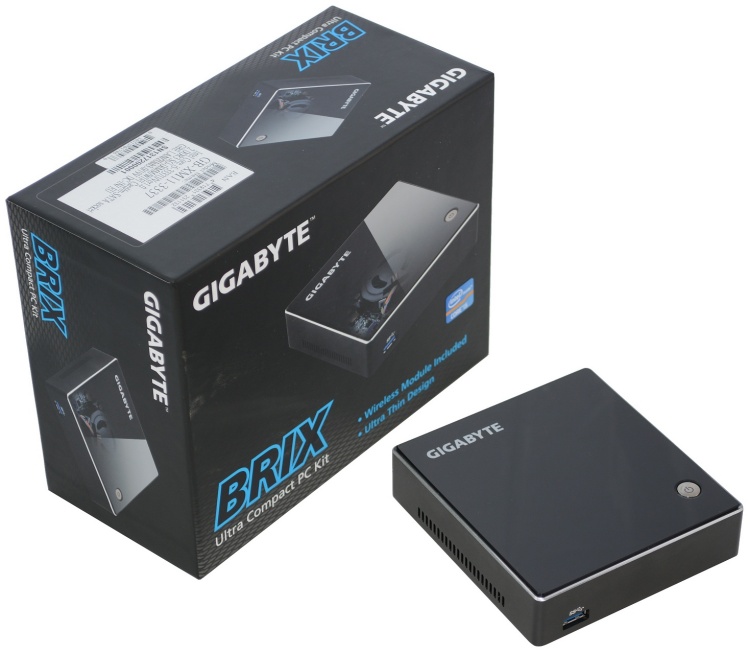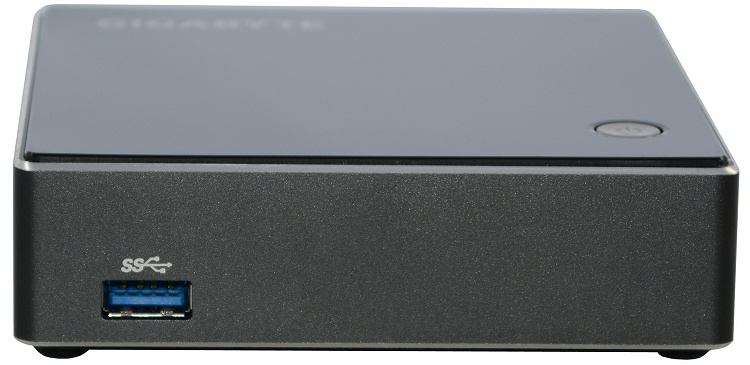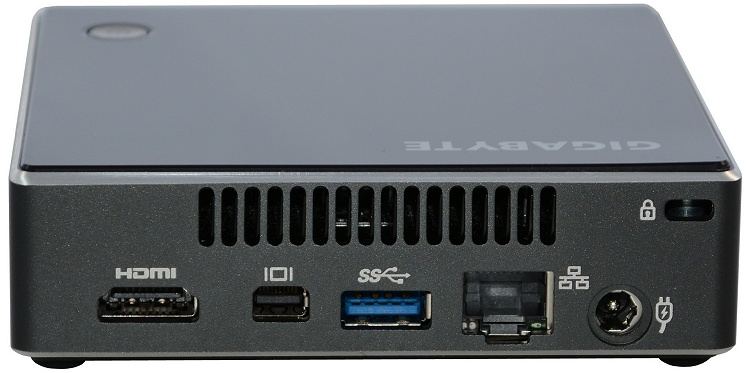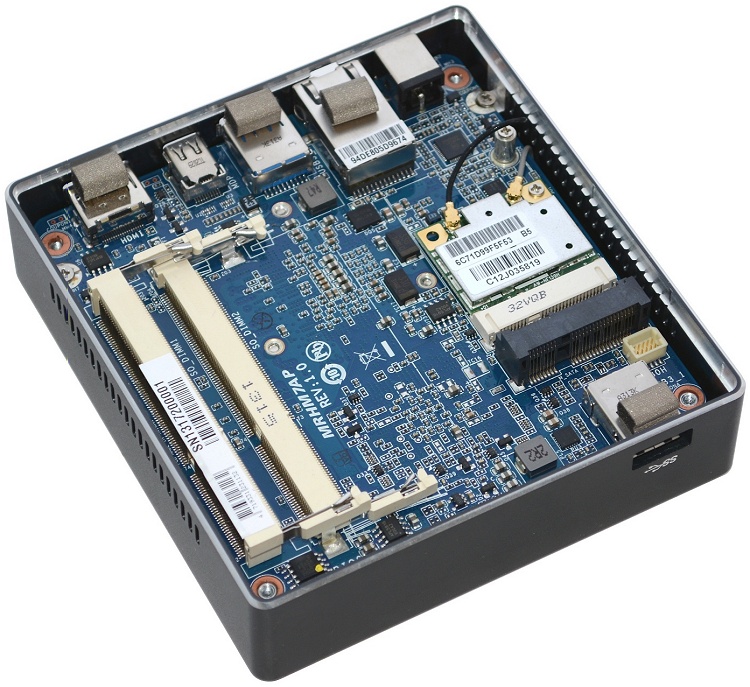Taking advantage of Ivy Bridge's efficient operation, Intel accompanied its third-generation Core processors with a new small form factor platform dubbed Next Unit of Computing (NUC), the initial wave of which were powered by Core i3 and i5 Ivy Bridge parts mounted to an ultra-compact 4x4" motherboard – considerably smaller than even the Mini ITX standard.
Although we welcome SFF machines from industry heavyweights like Intel, the company's NUC products have been grossly overpriced, initially starting around $400 for a complete build based on the Core i3. Even today, a barebones version of the i3 NUC system still costs almost $300, and that's without memory, storage, Wi-Fi and an operating system, which could easily add a couple hundred bucks.
Recognizing this issue, Intel introduced an option based on the 1.1GHz Celeron 847, but that chip is awfully slow and at $180, the barebones box it comes inside still isn't a particularly good value. To date, we think it's safe to say that NUC is a cool idea that has been hamstrung by poor hardware choices and unattractive prices – a trend that Gigabyte hopes to buck with its new NUC offerings.
Gigabyte's pint-sized "Brix" systems come in four different processor configurations, including the 1.8GHz Celeron 1037U, 1.9GHz Core i3-3227U, 1.8-2.7GHz Core i5-3337U and 2-3.1GHz Core i7-3537U. Those seem much more powerful than Intel's lineup and that's certainly enough to warrant our attention, but it's worth noting that Brix also offers more USB 3.0 ports and Wi-Fi out of the box.
Granted, while the Core i5-3337U-powered Brix system is faster than any of Intel's NUC options, it's also more expensive at $420 – a sum that will increase well beyond $500 after you purchase memory, storage and an operating system. We're thinking 8GB of 1600MHz SO-DIMM RAM, a 128GB mSATA SSD and a copy of Windows 8 Professional seem like a proper fit, and they add another $330.
With a total build cost in the realm of $750, it's easy to question the value of Gigabyte's new offering. Keep in mind, you could purchase a Core i5-3337U-based laptop from Dell or Asus for under $600, which would provide a similar feature set, just in a mobile package instead of a tiny box. For additional perspective, the core parts of our entry-level gaming desktop cost about $600.
Gigabyte BRIX in Detail
As mentioned, Brix systems come with four different processor options: a Celeron, Core i3, Core i5 and Core i7. We have tested the $420 Core i5 version (XM11-3337), which is $100 less than the i7 model and $100 more than the i3. Externally, there isn't much to talk about, primarily because this computer measures just 4.5 x 4.24 x 1.18" (114.4 x 107.6 x 29.9mm).
There is a USB 3.0 port in the bottom left corner that comprises the front panel connectivity, which is built into an aluminum shell that wraps around both sides and the rear.
The glossy black top cover features Gigabyte's name in the top left corner and in the opposite position, a chrome power button that glows blue when the system is active.
Most of the action is around back, including an HDMI output, Thunderbolt (DisplayPort), USB 3.0, Gigabit Ethernet and a power jack. There is also a Kensington lock slot to secure the system if, for instance, you're in an open office environment.
With support for HDMI and DisplayPort, the Brix can power two displays simultaneously, increasing its viability for productivity purposes. The HDMI port only supports a maximum resolution of 1920x1200 on our Dell 30" display, while DisplayPort runs at the native 2560x1600 resolution.
You'll find small air vents along the back and sides of the case, while four small rubber feet are screwed to the bottom panel, which can be removed to access the storage and memory areas.
Once inside, you'll spot an 802.11n Wi-Fi Mini PCIe module preinstalled. Above that is the mSATA slot and there are also two SO-DIMM DDR3 slots.
The other side of the PCB includes the CPU, chipset (Intel HM77) and battery, though you never need to see this side of the board. With the SSD and RAM in place, we reinstalled the baseplate and begun installing Windows, which requires an external USB optical drive along with a bootable OS disc or (preferably) a bootable USB thumb drive with a copy of Windows on it.
